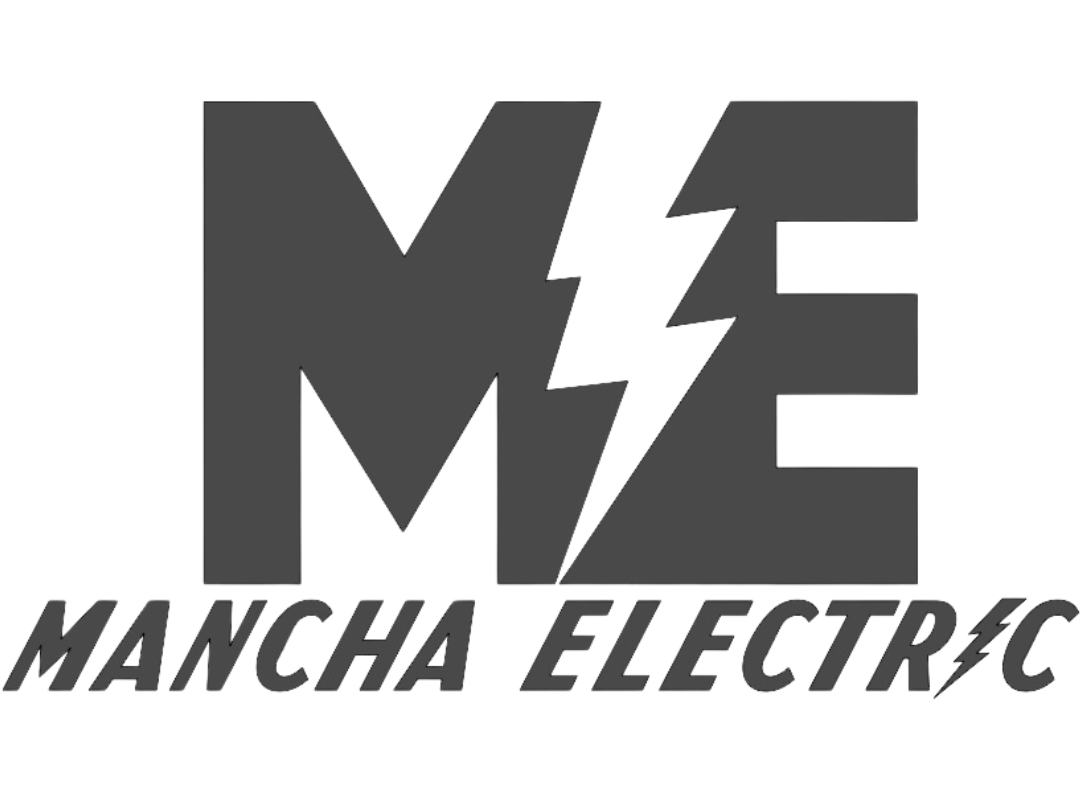Contact Us
We’d love to hear from you! Please call or message us with any inquiries. We’d be happy to help.
Contact Info
Location
Orange County, CA
Inland Empire, CA
Open Office Hours
M-F: 8am – 5pm
Sat: 10am – 4pm
Sun: Closed
Get in Touch
[email protected]
(949) 579-0581
Call: (949) 579-0581
We Can’t Wait to Make Your Ideas a Reality
Get In Touch
How do I know if my home's electrical system needs an upgrade?
Common signs that your electrical system may need an upgrade include frequent circuit breaker trips, flickering lights, outlets that are warm to the touch, and reliance on extension cords or power strips due to insufficient outlets. Additionally, if your home still has an old fuse box or aluminum wiring, it may be time for an upgrade to meet modern safety standards and electrical demands.
What should I do if my circuit breaker keeps tripping?
If a circuit breaker trips frequently, it may be due to an overloaded circuit, a short circuit, or a ground fault. First, unplug all appliances on that circuit and see if it still trips when turned back on. If it does, there might be a wiring issue that needs a professional’s attention. If it doesn’t trip until appliances are plugged back in, you may be overloading the circuit and might need to redistribute your electrical load or upgrade your circuit.
How can I make my home more energy-efficient electrically?
To make your home more energy-efficient, consider the following:
- Replace incandescent bulbs with LED or CFL bulbs.
- Install programmable thermostats and energy-efficient appliances.
- Ensure proper insulation and weatherproofing to reduce heating and cooling costs.
- Use smart power strips to eliminate phantom loads.
- Schedule an energy audit with a professional electrician to identify areas for improvement.
Why do my lights flicker, and is it dangerous?
Flickering lights can be caused by several issues, including loose bulbs, loose wiring, overloaded circuits, or problems with the electrical panel. It can also be due to fluctuations in voltage from the utility company. While some causes of flickering lights are harmless, such as a loose bulb, others can be more serious and pose a fire risk, so it’s important to have persistent issues checked by an electrician.
What are GFCI outlets, and do I need them in my home?
Ground Fault Circuit Interrupter (GFCI) outlets are designed to protect people from electrical shock by shutting off the power when they detect a difference in the amount of electricity flowing into the circuit compared to returning. GFCI outlets are required by code in areas where water and electricity are in close proximity, such as kitchens, bathrooms, garages, basements, and outdoor areas. If your home does not have GFCI outlets in these areas, it’s recommended to have them installed for safety.
What are the different types of home charging stations, and which one is best for my needs?
There are mainly two types of home charging stations for electric vehicles (EVs):
- Level 1 Chargers: These use a standard 120-volt household outlet and do not require any special installation. They are typically included with the purchase of an EV. However, they charge slowly, usually providing 2-5 miles of range per hour, making them suitable for overnight charging or for those who drive shorter distances daily.
- Level 2 Chargers: These require a 240-volt outlet, similar to what is used for large appliances like dryers. They charge much faster, typically providing 10-60 miles of range per hour, depending on the vehicle and the charger’s power output. Installation usually requires a professional electrician.
For most homeowners, a Level 2 charger is the best option as it significantly reduces charging time and is more convenient for regular use. However, the choice depends on your driving habits, the range of your EV, and how quickly you need to recharge your vehicle.
What is involved in installing a home charging station, and how much will it cost?
Installing a home charging station involves several steps:
- Assessment: A licensed electrician will assess your home’s electrical system to ensure it can handle the additional load. This includes checking the capacity of your electrical panel and determining if any upgrades are necessary.
- Installation: The electrician will install the appropriate outlet for a Level 2 charger, which might involve running new wiring and possibly upgrading your electrical panel if it doesn’t have sufficient capacity. Some installations may also require permits and inspections.
- Charger Installation: Once the electrical work is done, the charging unit is mounted and connected. Some units are plug-in (for Level 2), while others are hardwired.
Cost: The total cost can vary widely depending on several factors, including the specific charger model, the complexity of the installation, and any necessary electrical upgrades. On average, the cost for a Level 2 home charging station can range from $500 to $2,000 for the charger itself and $500 to $2,500 for installation, making the total cost between $1,000 and $4,500. It’s recommended to get quotes from multiple electricians to understand the specific costs for your situation.
